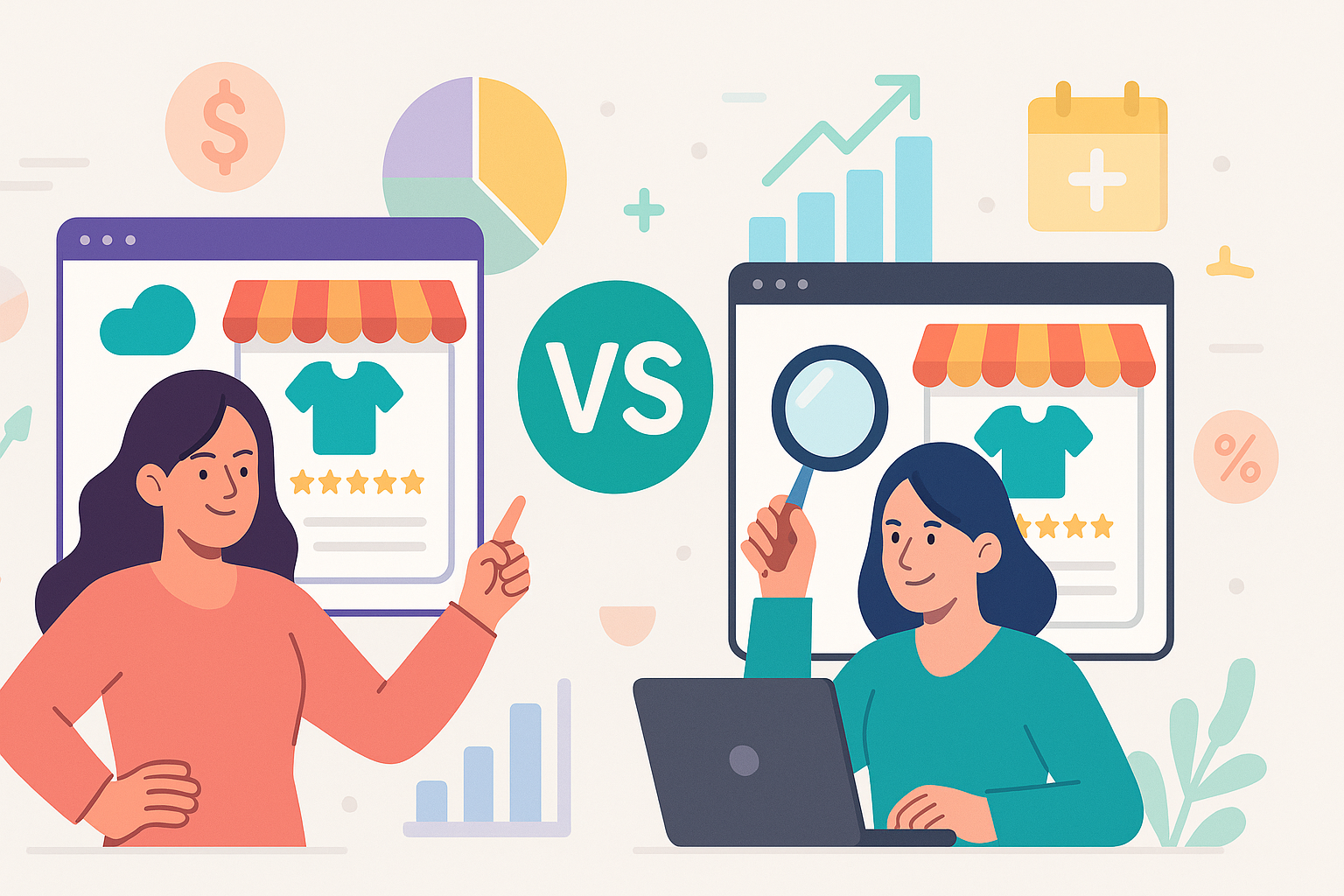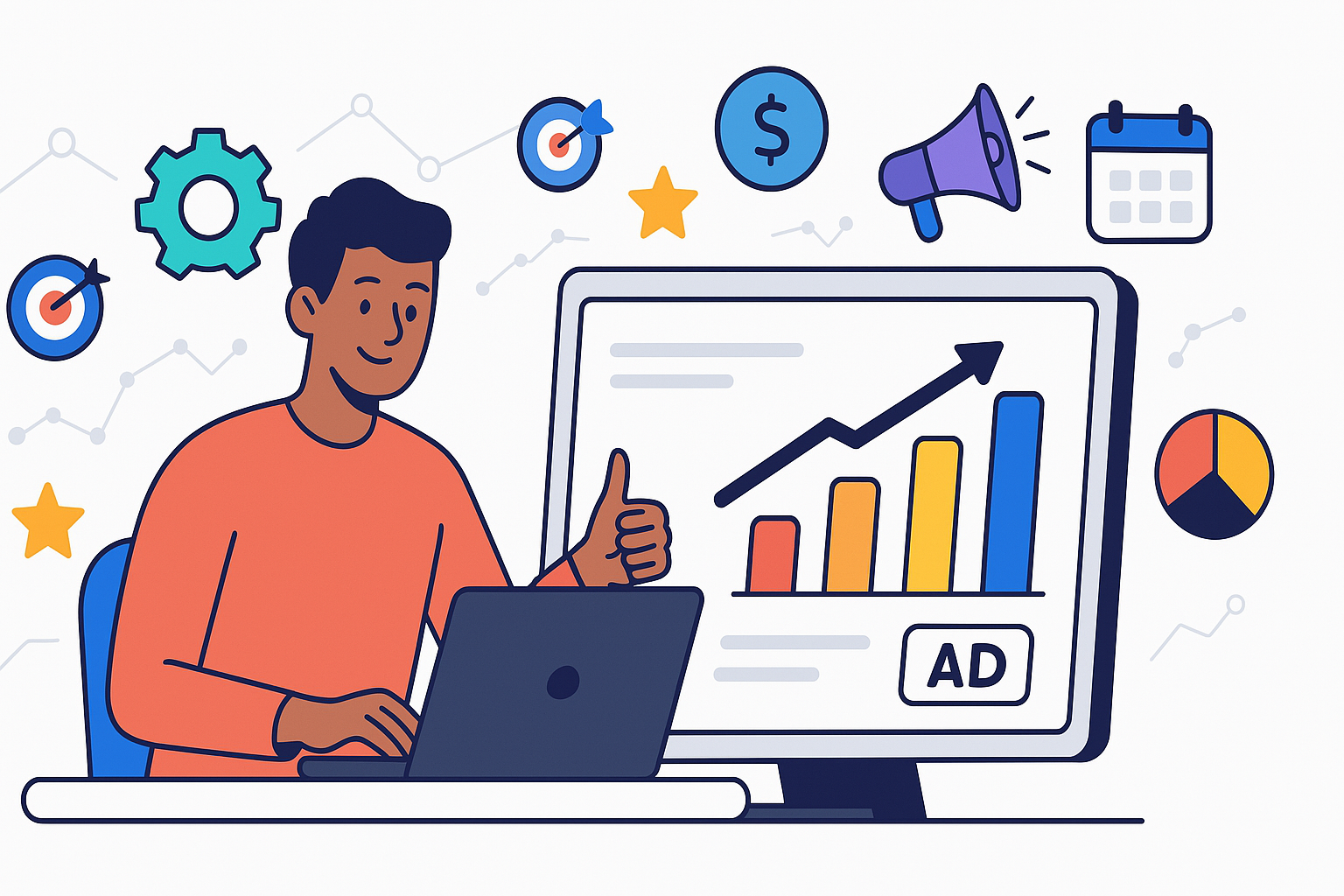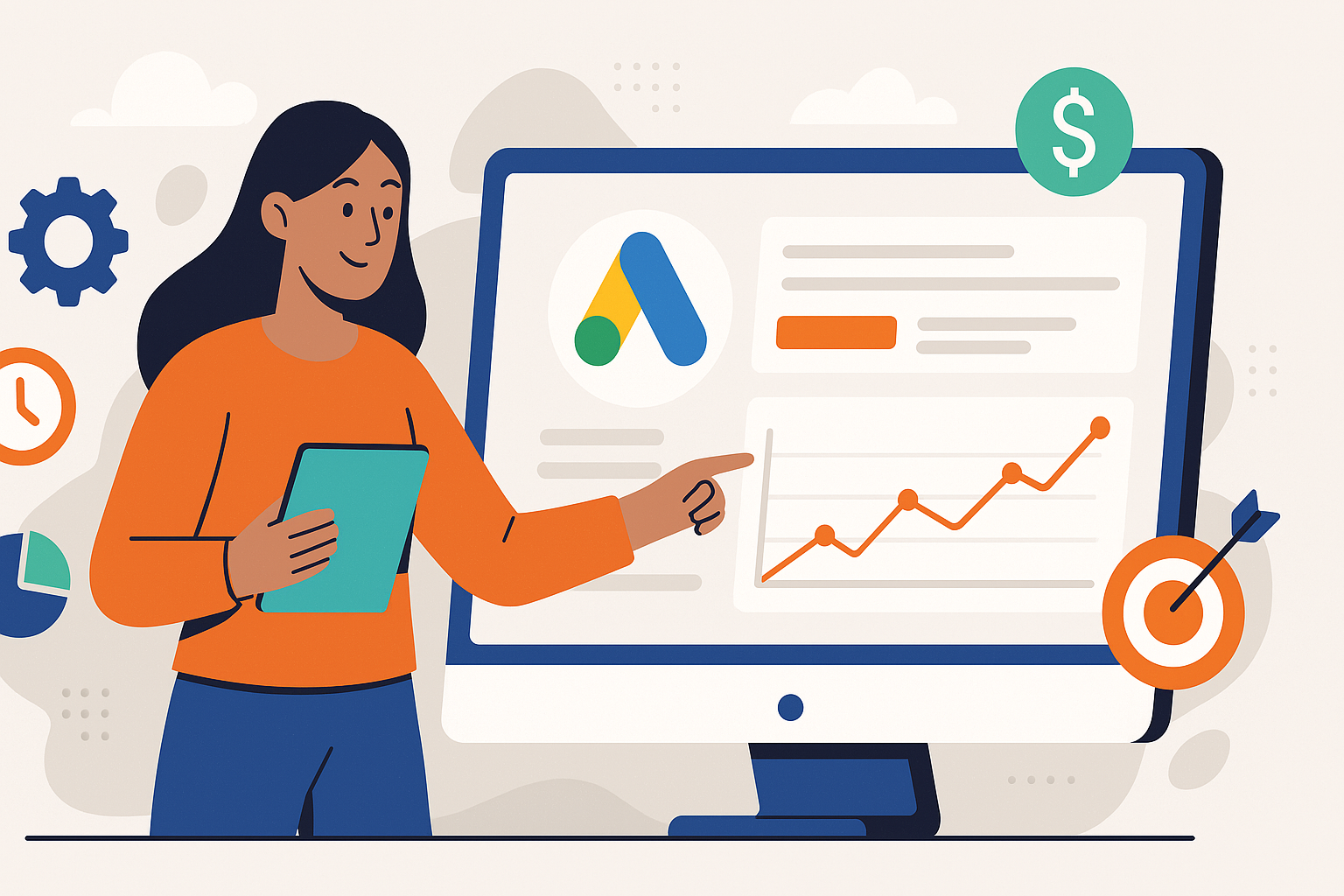How to Build a High-Converting Landing Page
by Francisco Kraefft on 25 Apr, 2024
Landing pages play a pivotal role in digital marketing strategies. These standalone web pages are designed specifically to prompt a particular action from visitors, making them crucial for lead generation and conversions. Understanding the intricacies of building a high-converting landing page can significantly impact your business's success.
Need help figuring out where to start? Learn what a landing page is.
Understanding Conversion Rates
What is a Conversion Rate?
A conversion rate is the percentage of visitors to your landing page who complete the desired action, such as filling out a form, purchasing a product, or subscribing to a newsletter. High conversion rates indicate that your landing page effectively persuades visitors to take the intended action.
Why it Matters
Conversion rates are a direct indicator of your landing page's effectiveness. A higher conversion rate means more leads, sales, or subscriptions without increasing traffic, optimizing your marketing spend.
Defining Your Landing Page Goals
To create a high-converting landing page, your first task should be to understand the goal of your page. A clear view of what you want to achieve will prompt better results, mainly because landing pages should never have more than one goal in mind. Here are some examples of landing page goals.
- Lead Generation: For businesses focused on collecting leads, the goal might be to gather contact information from potential customers.
- Sales: E-commerce businesses might aim to drive immediate purchases through their landing pages.
- Event Registration: Webinars, conferences, or other events aim to get visitors to sign up or register.
Knowing Your Target Audience
Understanding your audience helps tailor your landing page to meet their needs; in marketing, this is called creating a buyer persona. Buyer personas represent your ideal customers, detailing their demographics, interests, and pain points.
Identifying your audience's problems and pain points will help you create a landing page that aims to talk to them to solve their problem and position your product or service as the solution.
Crafting a Compelling Headline
Importance of Headlines
Crafting an attention-grabbing headline is essential because it's the first element that visitors notice when landing on a page. A compelling headline should be captivating enough to immediately attract their attention and make them curious to discover more about what you have to offer.
Tips for Writing Headlines
- Keep it clear and concise.
- Highlight the primary benefit.
- Use action words to provoke interest.
Designing for User Experience
Clean Layout
A clutter-free design helps visitors focus on the vital message and reduces distractions. In the case of high-converting landing pages, less is better as it helps guide the user to complete the goal, whether a form submission or a sale. Having pop-ups, banners, and other design distractions will grab the user's attention out of it.
Mobile Optimization
Ensure your landing page is responsive and designed to provide a user-friendly experience across various devices, including smartphones, tablets, and desktop computers. It should adjust seamlessly to different screen sizes and resolutions, ensuring visitors can easily navigate and interact with your content regardless of their device.
Fast Load Times
Ensuring your page loads quickly is crucial for retaining visitors and enhancing their overall user experience. A fast-loading page can significantly decrease the likelihood of visitors abandoning your site and help to create a positive and efficient browsing experience for your users.
Here is a tool that Google uses to measure your landing page load time.
Creating Engaging Content
Benefits-Focused Copy
Focus on how your product or service benefits the user rather than just listing features.
Storytelling
Use storytelling to create an emotional connection with your audience.
Social Proof
Incorporate testimonials, reviews, and case studies to build trust and credibility.
Incorporating Strong CTAs
Designing CTAs
CTAs should be visually distinct and stand out on the page. Use contrasting colors and bold fonts.
Placement of CTAs
Place your CTAs above the fold and at strategic points throughout the page.
CTA Examples
Examples include "Download Now," "Sign Up Today," or "Get Started."
Using High-Quality Visuals
Images
Use high-resolution images that resonate with your audience.
Videos
Videos can be powerful tools for explaining products or services and increasing engagement.
Infographics
Infographics are great for presenting data in an easily digestible format.
Building Trust with Testimonials
Customer Testimonials
Showcase testimonials from satisfied customers to build credibility.
Expert Endorsements
Endorsements from industry experts can significantly enhance trust.
Case Studies
Detailed case studies demonstrate how your product or service has successfully helped others.
Implementing A/B Testing
What is A/B Testing?
A/B testing involves comparing two landing page versions to see which performs better.
Tools for A/B Testing
Use tools like Optimizely or Unbounce to conduct tests.
Interpreting Results
Analyze the data to determine which version leads to higher conversions and make informed changes.
Optimizing for SEO
On-Page SEO
Optimize your landing page with relevant keywords, meta descriptions, and alt texts for images.
Keywords
Incorporate keywords naturally into your content to improve search engine rankings.
Meta Descriptions
Write compelling meta descriptions to increase click-through rates from search engines.
Leveraging Social Proof
Social Media Shares
Encourage visitors to share your landing page on social media.
User-Generated Content
Showcase content created by your users to build community and trust.
Reviews
Include reviews and ratings to enhance credibility.
Integrating with Email Marketing
Email Capture Forms
Use forms to capture email addresses for future marketing efforts.
Follow-Up Emails
Send follow-up emails to nurture leads and guide them towards conversion.
Email Sequences
Create email sequences to provide value and move leads through the sales funnel.
Using Analytics to Improve
Setting Up Analytics
Implement tools like Google Analytics to track performance.
Key Metrics to Track
Monitor metrics like bounce rate, conversion rate, and average session duration.
Making Data-Driven Decisions
Use analytics data to identify areas for improvement and optimize your landing page.
Common Mistakes to Avoid
Overloading with Information
Keep your content concise and to the point.
Poor Design
A cluttered or unattractive design can deter visitors.
Weak CTAs
Ensure your CTAs are clear, compelling, and strategically placed.
Tools and Resources
Landing Page Builders
Tools like Unbounce, Leadpages, and Instapage can help you create effective landing pages.
Analytics Tools
Google Analytics, Hotjar, and Crazy Egg provide insights into visitor behavior.
Design Resources
Use Canva, Unsplash, and Adobe Stock for high-quality visuals.
Future Trends in Landing Pages
Personalization
Tailoring content to individual users can significantly increase conversions.
AI in Landing Pages
AI can help personalize experiences and optimize page elements.
Interactive Content
Quizzes, surveys, and interactive infographics engage visitors and increase time on the page.
Conclusion
Building a high-converting landing page requires a strategic approach. You can create landing pages that drive significant results by understanding your audience, crafting compelling content, and continuously testing and optimizing.
Get in touch to create your first high-converting landing page.


